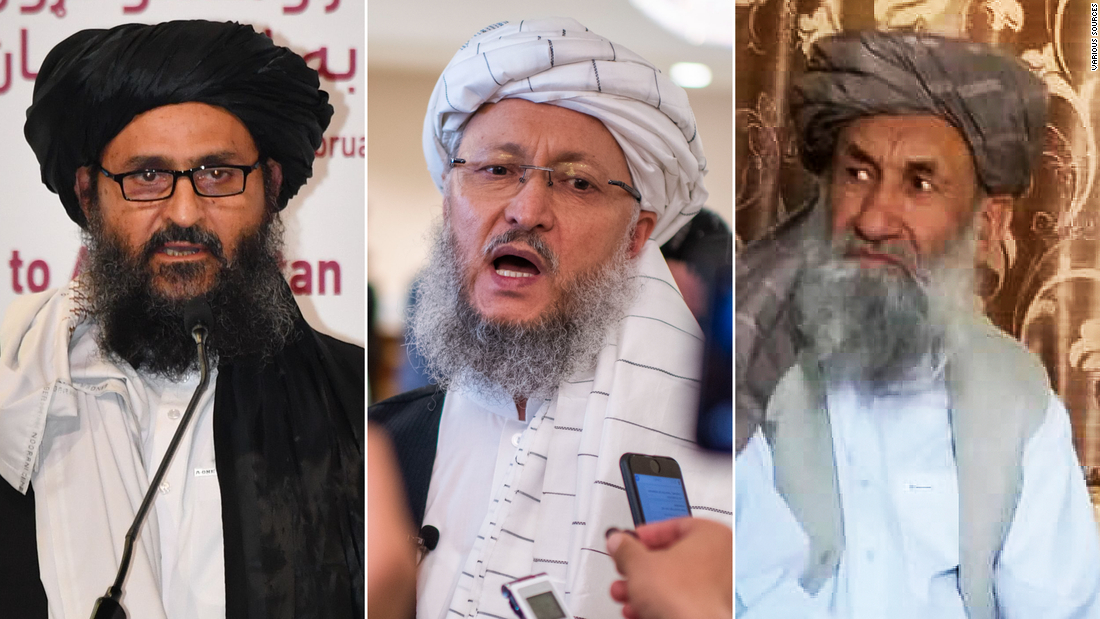
Despite recent Taliban promises to respect women’s rights, a look at the new interim government suggests that the group’s rule could very well reflect its previous regime when women disappeared from public life.
Women held only 6.5% of ministerial positions in Afghanistan before the Taliban took control of the country, according to data from the January 2021 Interparliamentary Union (IPU), an international organization of the International Organization of national parliaments based in Geneva.
Now, the country joins the ranks of only a dozen countries where there are no women holding senior positions in government.
They are Azerbaijan, Armenia, Brunei, North Korea, Papua New Guinea, Saint Vincent and the Grenadines, Saudi Arabia, Thailand, Tuvalu, Vanuatu, Vietnam and Yemen, according to the latest IPU data.
The absence of women in the government of Afghanistan is the global trend. Most countries have women in senior government positions, and the number of nations with women as heads of state or government is the all-time high, according to the IPU and UN Women.
Nor is it clear what will happen to the Afghan parliament, which effectively disbanded in mid-August after the fall of Kabul.
Before the Taliban took control, about 27% of the Afghan parliament was made up of women, standing in line with the United States, where women represent 26.8% of all members of Congress according to the IPU. .
The figures hit an all-time high in the United States, which contributed to a growth in the global share of women legislators this year, according to the IPU and UN Women. The US government has made significant progress in gender balance this year, seeing an increase of 17 to 46% in the number of women in ministerial positions.
The proportion of women parliamentarians in Afghanistan had it was around 27% since 2005, when the first session of the elected body was held after three decades. According to the 2004 Constitution, at least 68 of the 250 total seats in the lower house of parliament are reserved for women, with two seats reserved for women for each of the country’s 34 provinces.
Afghanistan could now also join Micronesia, Papua New Guinea, Vanuatu and Yemen, where no women are currently members of parliament (in lower or individual parliamentary chambers) according to the IPU. However, none of these countries ban the office of women, which was the last time the Taliban ruled in Afghanistan, from 1996 to 2001. None of these countries have gender quotas for in parliamentary seats.
Rwanda has long been the best record for female representation in parliament, with 56% of seats in two chambers currently occupied by women. Cuba, Nicaragua, Mexico and the United Arab Emirates also top the charts, with women holding 50% or more of parliamentary office.
But despite the increase in the number of women with the highest levels of political power, widespread gender inequalities still exist, according to the data.
There are still only 22 countries that have women as heads of state or government.
In Europe there are most of these women-led countries, including Denmark, Estonia, Finland, Greece, Germany, Iceland and Norway.
Meanwhile, Nepal and Bangladesh are the only two countries in Asia with women leaders.
In neighboring China, there has never been a woman on the Standing Committee of the Political Bureau of the CPC Central Committee, the country’s highest decision-making and power body, made up of seven people. There is only one woman on the Political Bureau of the CPC Central Committee, a group of 25 people.
On Tuesday, the acting women director of the UN Women, Pramila Patten, joined a chorus of international voices expressing dismay at the absence of women in the Afghan interim government. “By excluding women from the government mechanism, the Taliban leadership has sent the wrong signal about its stated goal of building an inclusive, strong and prosperous society,” she said.
“Women’s political participation is a fundamental prerequisite for gender equality and genuine democracy,” she said, adding that “respect for women’s human rights is a test of fire against which it must judge any authority and that the establishment of a truly “inclusive” government with the participation of women is a central element of it. “